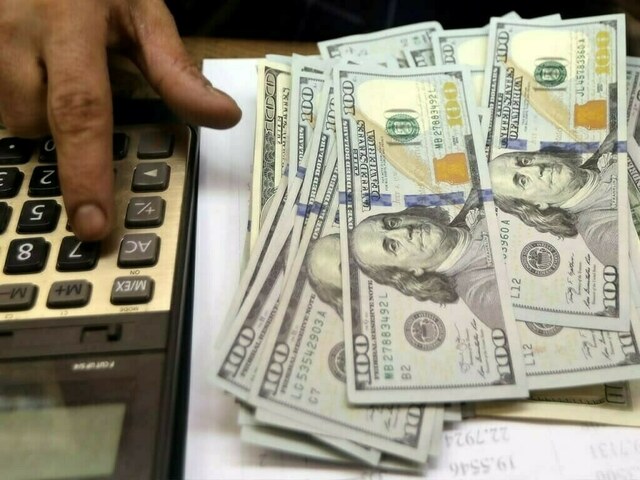KARACHI: Inflows of home remittances recorded a robust 31 percent growth during the first 10 months of the current fiscal year (FY25) due to stable exchange rate.
According to the State Bank of Pakistan (SBP), the country received remittances amounted to $31.2 billion during July–April FY25, compared to $23.9 billion in the same period of the previous fiscal year (FY24), reflecting a significant increase of $7.3 billion.
With a 24 percent share, Saudi Arabia remained the largest contributor to Pakistan’s home remittances during the first ten months of the current fiscal year. Inflows from the Kingdom surged 31 percent, reaching $7.6 billion mark.
The United Arab Emirates (UAE) ranked second, with remittances totaling $6.36 billion, reflecting a significant 51 percent increase. The United Kingdom followed with $4.77 billion, while inflows from the United States stood at $3.12 billion.
Since October 2024, Pakistan has been consistently receiving around $3 billion in monthly remittances. This upward trend continued in April 2025, with workers’ remittances amounting to $3.2 billion, up from $2.8 billion in April 2024, marking a 13 percent year-on-year increase.
However, April inflows were lower than the record high of $4.2 billion received in March 2025, which was primarily driven by Eid-related remittances. During April, remittances inflows 2025 were mainly sourced from Saudi Arabia worth $725.4 million, United Arab Emirates $657.6 million, United Kingdom $535.3 million and United States of America $302.4 million.
Healthy home remittances inflows have eased pressure on external account and the current account recorded a sizable surplus of $1.2 billion in March, mainly due to record-high workers’ remittances. This surplus and SBP’s FX purchases partially cushioned the impact of large ongoing debt repayments on the SBP’s FX reserve.
With higher than earlier projected growth in workers’ remittances, lower commodity prices, and continuing momentum in exports, the current account balance for FY25 is projected in the range of -0.5 to 0.5 percent of GDP.
Copyright Business Recorder, 2025


